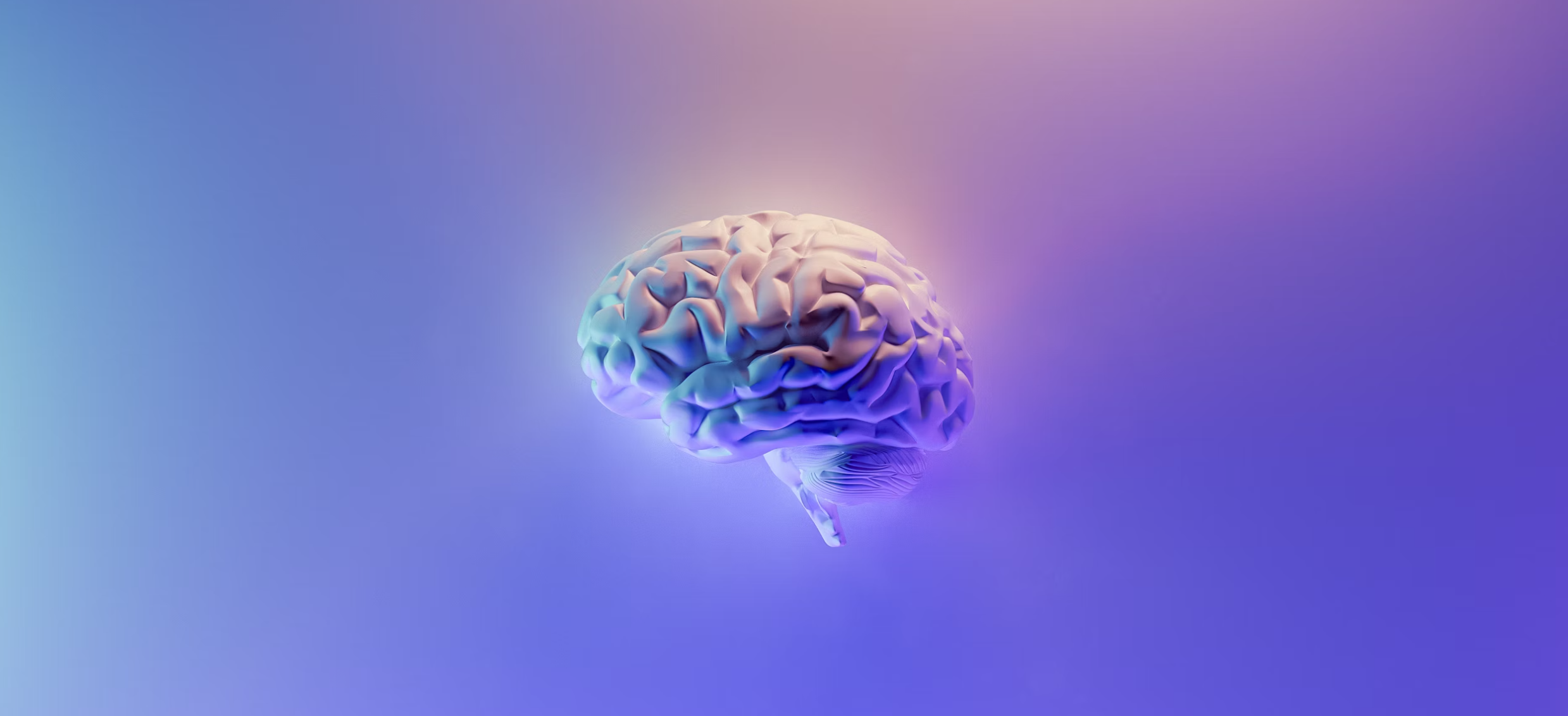What is Brain Lesion Disorder?
Brain lesion disorder refers to any impairment of external bodily functions caused by damage to the brain. Depending on the area of the brain that is damaged, there may be a combination of physical dysfunction. Therefore, the same brain lesion disorder does not have the same symptoms. Paralysis of the upper and lower limbs, stiffness of joints, involuntary movements, impaired sense of balance, ataxia may occur, and visual impairment, auditory, or language dysfunction may occur, or intellectual disability may also occur.
Causes of brain lesion disorders include traumatic brain injury, stroke, cerebral hemorrhage, brain tumor, cerebral palsy, and Parkinson’s disease. These occur as organic lesions, depending on the temperament of the brain that the person originally has. Brain lesions caused by strokes are more likely to occur after middle and old age.
The determination of brain lesion disorder is based on the ability to walk and perform activities of daily living. Using the modified Bardell Index (MBI), 10 items such as personal hygiene, eating, moving, going up and down stairs, and putting on and taking off stairs are evaluated on five scales, and a different score is assigned to each item to determine the overall degree of disability.
It is known that rehabilitation treatment is the most important for brain lesion disorders. Some improvement can be expected through continuous and systematic rehabilitation treatment, but there are large individual differences.
Brain lesion disorder and employment

As of 2023, the number of people with brain lesions in the country is the fourth highest after the retarded, deaf, and visually impaired, but their income is lower than that of other types of disabilities because they often have difficulty working due to physical reasons. In addition, indicators of social participation, economic activities, and educational activities, including daily life, are lower than the average for people with disabilities.
This is due to low social awareness of brain lesion disorders and lack of activity support that reflects the characteristics of brain lesion disorders. In addition, there is an opinion that people with brain lesions have difficulty moving and lack information related to career choice.
Due to the nature of brain lesion disorders, where the symptoms vary greatly depending on the damaged part of the brain, it is difficult for companies to standardize support measures for people with brain lesions. This is because most companies have limited support options that they can provide, and people with brain lesions need different kinds of support.
If there is damage to the part of the brain that controls motor functions, wheelchairs and other assistive devices will be used. Therefore, it is necessary to secure wheelchair-accessible passages in the company, and a large work space must be secured. In addition, it can be much easier to work from home and remotely than a job that requires a daily commute.
If there is a disorder in the fine motor function in which the cerebellum is involved, it is important that the task can be performed by the disabled person. Fine work done by hand is not suitable.
In the case of communication disorders, it is manifested by damage to the cerebrum. However, speech disorders that impair the ability to verbally express one’s thoughts, speech disorders with incorrect pronunciation, stuttering, and social communication disorders all require different kinds of support.
If the areas involved in respiration, homeostasis, and hormone secretion are impaired, part-time work may be appropriate. If you’re struggling to work long hours, you may want to consider part-time work, which can reduce your daily hours.
References:
Medical Information of Seoul National University Hospital. Brain lesion disorder
Seoul Institute. Seoul City Brain Lesion Disabled Persons’ Social Advancement Status and Support Plans
Statistics. By attempt, type of disability, degree of disability, gender registration Number of persons with disabilities


![Read more about the article [The Valuable 500] Disability-Friendly Policies Through the Eyes of Google](https://knda.ne.kr/wp-content/uploads/2024/05/제목을-입력해주세요_-001-1.png)

